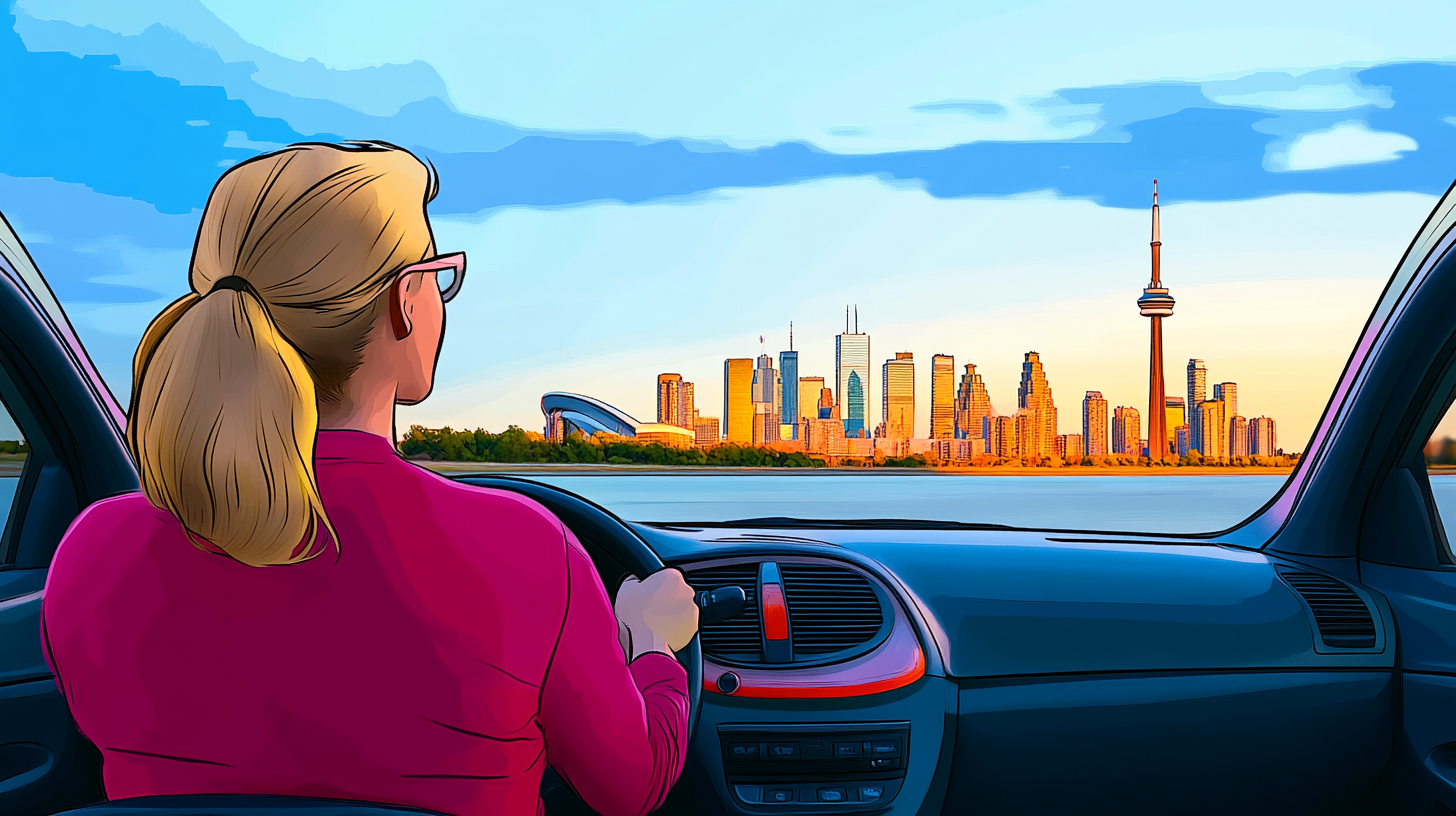The first step to becoming a driver is obtaining a G1 licence, equivalent to a learner’s permit. It opens up new opportunities for those who have always wanted to drive a car, but it also comes with several responsibilities.
Since the system follows a graduated licensing structure, it will take some time before you get to experience all the benefits of being a fully licensed driver.
After passing the written test, you can now legally drive a vehicle. Since you are a beginner, there are certain restrictions you must follow. Let’s explore them in detail.
1. Zero Blood Alcohol
When you drink, never drive. This strict rule is enforced for good reason. Motor vehicle crashes are the leading cause of death among 16- to 25-year-old drivers, and impairment by alcohol or drugs is a factor in 55% of those crashes. In Ontario, you must have a blood alcohol level of zero while driving with a G1 licence.
You cannot consume any alcoholic beverages before you get behind the wheel. Some might say that a light beer won’t hurt; others are confident in their alcohol tolerance and think they can ignore the rules.
Authorities will not be forgiving with this restriction. They aim to maintain road safety for all drivers, strictly enforcing all regulations. If you are caught driving with any amount of alcohol in your blood, your licence will be suspended immediately.
2. A Supervising Driver in the Front Passenger Seat
Beginners with a G1 licence cannot drive alone. You must always have a fully licensed driver in the front passenger seat, ready to act if something goes wrong.
This supervisor needs a full G licence, at least four years of driving experience and a blood alcohol level below 0.05%. If the supervising passenger is under 21 years old, a special condition requires them to be completely sober.
You’d be surprised to learn how often some beginners panic behind the wheel. In such situations, an experienced driver must take over. That’s why they should be seated in the front passenger seat, regardless of personal preference.
3. A Seatbelt for Every Passenger
Seatbelts save lives, and in Ontario, wearing one is mandatory by law. As a G1 driver, you must also ensure that all your passengers are buckled up.
This rule is not just for G1 drivers; seatbelts and child restraints are mandatory for all vehicle occupants. Seatbelts and child restraints significantly reduce the risk of injury in an accident and they can be life-saving in a worst-case scenario.
Some drivers ignore this rule, which is as important as the other four. Are you aware of the consequences you are facing after being pulled over?
At the G1 written test, this topic has some of the most challenging questions. Even if you’ve already passed, you should refresh your memory with a practice test on fines and demerit points.
4. No Driving on Highways and Expressways
Highways and expressways require advanced driving skills because they have complex traffic patterns and high speed limits. The maximum speed limit is 130 km/h, fast enough to narrow your field of view. This effect is called “tunnel vision” and occurs at higher speeds. A beginner would struggle in this environment, mainly due to a lack of experience.
That’s why G1 drivers cannot drive on 400-series highways and high-speed expressways. There is one exception: under the guidance of a licensed driving instructor, this restriction is lifted.
5. No Driving Between Midnight and 5:00 a.m
G1 licence holders are not allowed to drive during these hours. Night driving is dangerous due to reduced visibility, fatigue and a higher chance of encountering impaired drivers. In such situations, a lack of experience represents a risk to road safety.
You should use daylight hours to practice driving and improve your skills. Over time, your reflexes will develop gradually, and you’ll gain more confidence behind the wheel. Driving at night is a real challenge, requiring you to be constantly on high alert.
What Happens if I Break These Rules?
Regulations are meant to replace chaos with stability. If every driver did as they pleased, paramedics would struggle to manage the increased number of accidents. These restrictions might annoy some beginner drivers, but they also save lives by preventing accidents from happening.
When you break the rules, you should expect serious consequences. Authorities will not be forgiving, especially when it comes to road safety. You may receive a fine and demerit points for violating some restrictions, but the suspension of your licence is certain in all cases.
Breaking these regulations will result in an immediate 30-day suspension of your G1 licence. Repeated offences can cause longer suspensions, so you should think twice before making a bold move.
